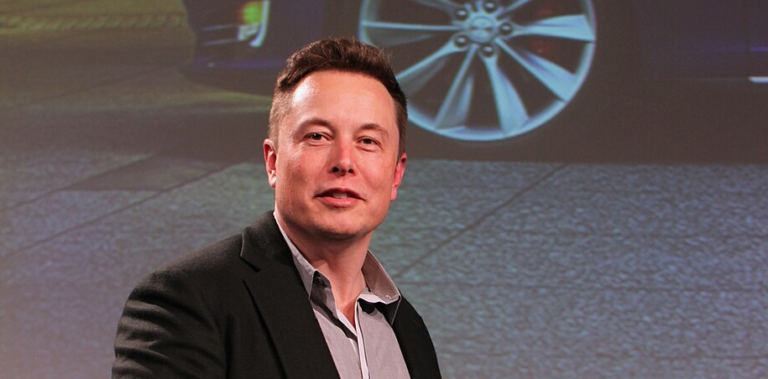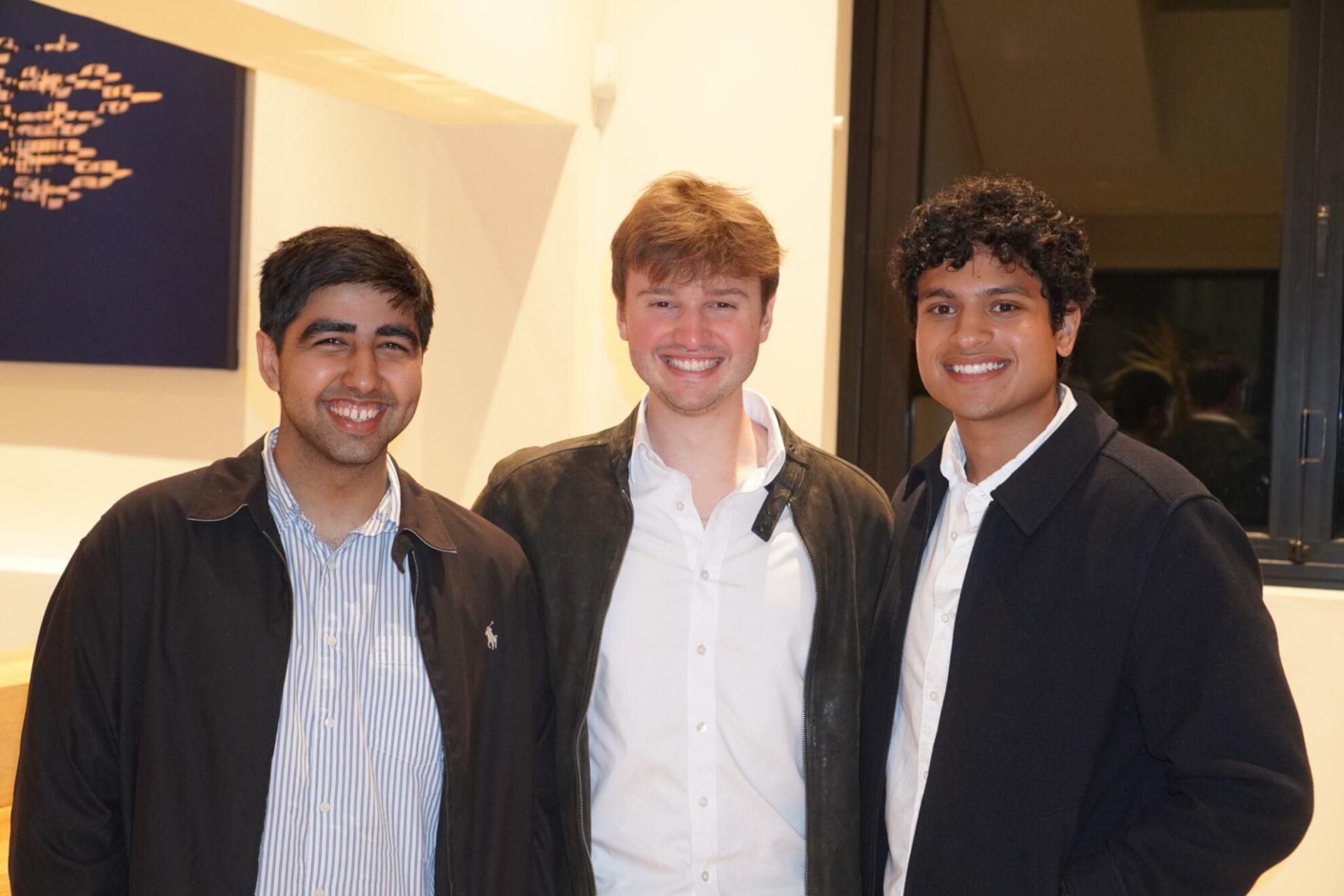Command Palette
Search for a command to run...
Musk Sends Satellites in Groups to Create Astronomical Wonders, Which Will Be Visible in Many Places Across the Country in the Next Three Days
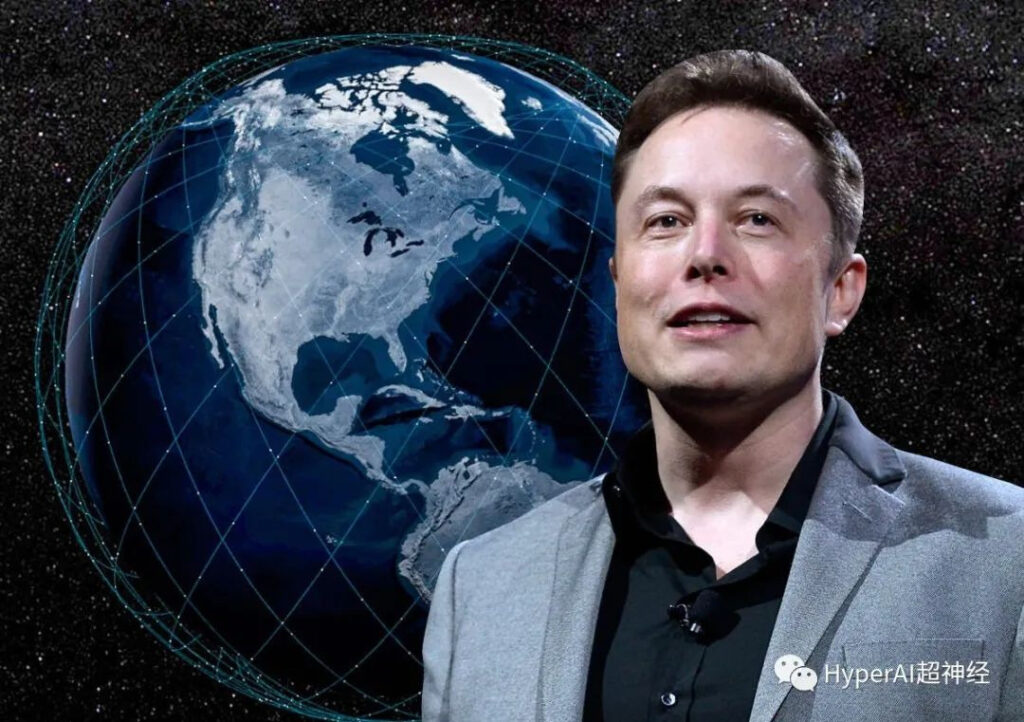
Recently, many people have observed long strings of stars. They are not mysterious alien signals, but Starlink satellites launched by SpaceX. Why does this phenomenon, called the "Starlink Train", occur, and what is the meaning behind it?
I guess Musk never expected that the satellite he launched would become an astronomical wonder sought after by the whole world, and it has recently ushered in a wave of observation enthusiasm in China.
On Weibo, many bloggers have captured precious images, and many videos have been played hundreds of thousands of times. One blogger even captured a clear shot of Starlink passing through the moon from the corner tower of the Forbidden City.

What are the characteristics of these recorded scenes and why are they so popular among so many people?
Astronomical phenomena: a string of pearls across the night sky
What caused heated discussion on Weibo was a series of neatly arranged "stars" that appeared in the night sky in the Beijing area.


This uncommon phenomenon naturally attracted the attention of countless people.
There are a lot of comments on the video: some people are impressed by the beautiful sight, some are curious about how it happened, and whether there will be a chance to see it again? Others joke that it is some kind of mysterious signal.

In any case, it is fortunate that this astronomical phenomenon does not occur only once. If you look up at the starry sky in the near future, you will have the opportunity to witness this rare sight.
The dedicated observation website shows that the areas and times where you have the opportunity to observe this phenomenon are as follows. Interested friends can try it:

Starlink will pass through Xiamen on May 1, which has become a hot topic on Weibo. For more details, you can find them on the following two websites:
The truth behind the spectacle is the artificial satellite
So what exactly is this string of glitters?
That’s right! These neatly arranged bright spots are the wonders presented when the Starlink satellites pass over Beijing.
Why are Starlink satellites so bright and lined up in a row? Let's start with their launch.
Starlink satellites are launched in batches each time. For example, in the most recent launch, 60 satellites were carried into space by a rocket.
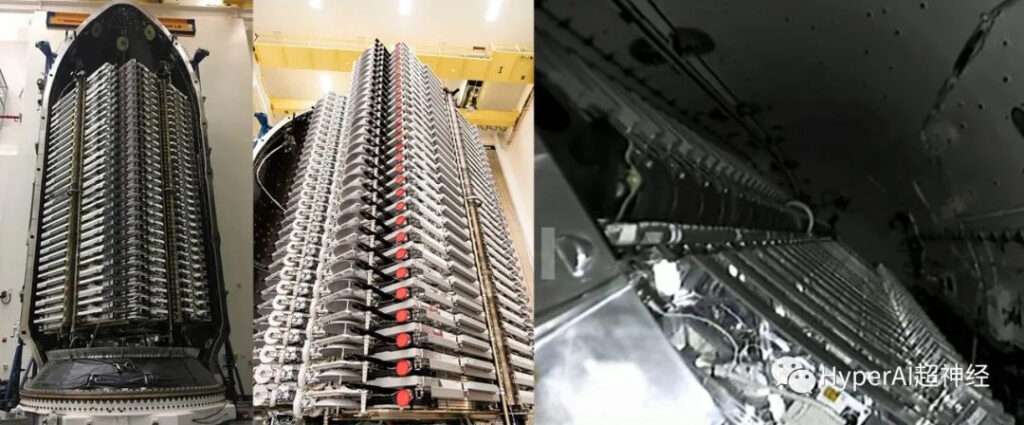
The launched Starlink satellites will go through a climbing process of several weeks and eventually reach an orbit of a predetermined altitude. The satellites reflect the sun's light and are easily observed from the ground because of their relatively close distance.
The reason why a long string is formed is that when the satellites are taken into space by rockets, they are stacked together like poker cards. Before they are completely dispersed, they will pass through the same area of the sky in sequence according to similar orbits.
When the weather conditions are right, people will see a row of pearl-like stars quickly crossing the night sky. This phenomenon is also vividly described as Starlink Train.
To observe them, you need the right time, place and people: good weather conditions, find the time when the Starlink satellite passes by, choose a good observation direction, and finally seize the best observation time of only a few minutes.
But then again, presenting a much-anticipated astronomical spectacle is not the purpose of Starlink satellites; they actually embody Musk’s greater ambitions.
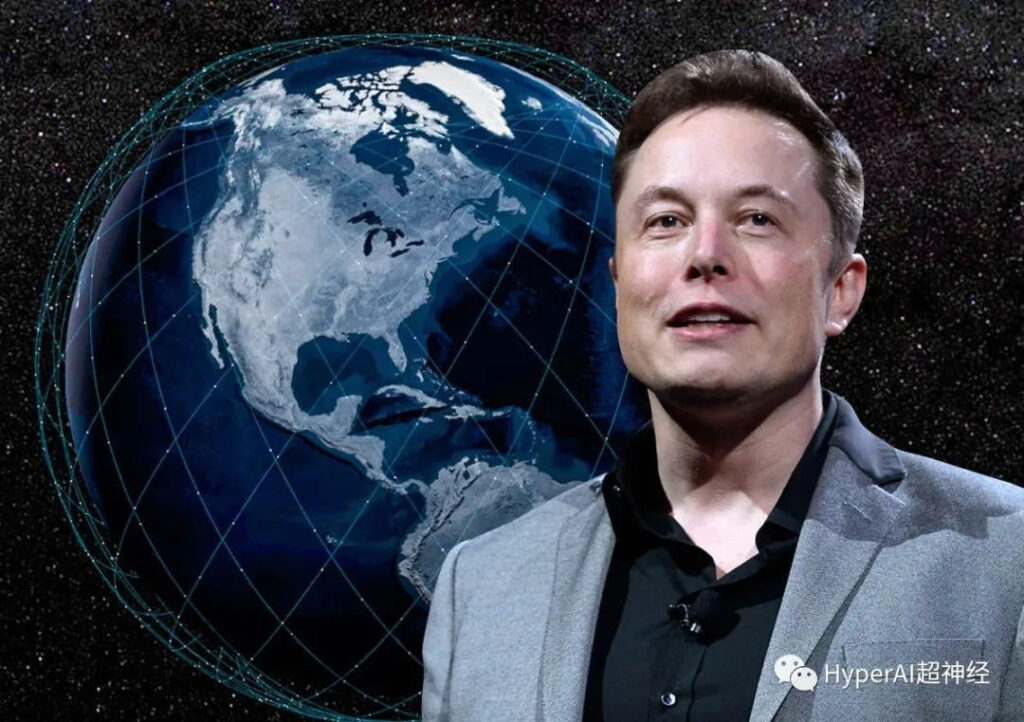
Starlink Project: Musk’s Ambition of the Times
Starlink is a satellite communication project proposed by SpaceX in 2015. The project plans to launch 12,000 communication satellites between 2019 and 2024 to build a comprehensive satellite communication network.
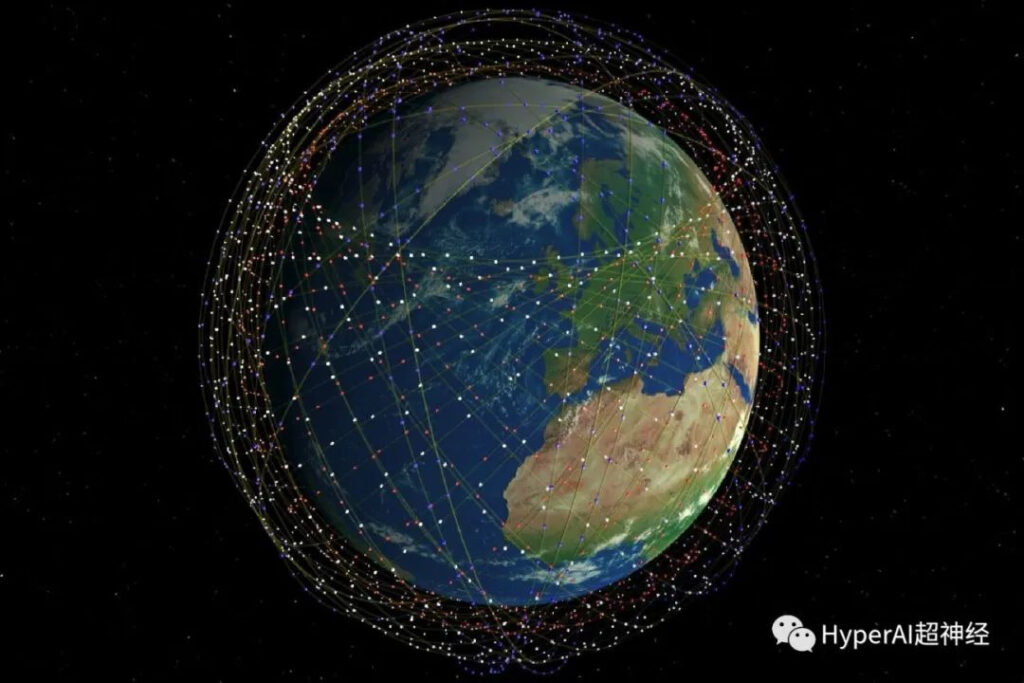
12,000 satellites will be 10 times more than the current number of satellites in service, and when completed they will form a satellite net bag that is fine enough to wrap the earth tightly.
In May 2019, SpaceX launched its first batch of 60 satellites. Including the seventh batch of satellites just launched, the total number of Starlink satellites in space has reached 420.
Each Starlink satellite weighs about 227 kg and is about the size of a table. The satellite has antennas and solar panels, is equipped with a high-precision navigation system, and can automatically track space debris to avoid collisions.
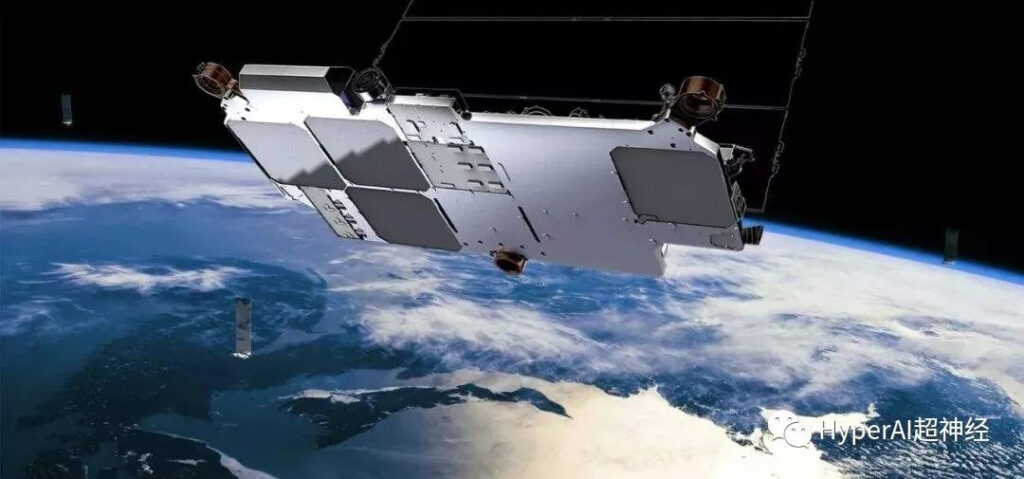
SpaceX said that once the Starlink project is completed, users around the world will be able to connect to the space Internet through small terminal devices, and can also guarantee at least 1 Gbps broadband Internet service.
In comparison, the current ground communications established by laying base stations only achieved a global coverage rate of 54% in 2019.

After the successful launch of Starlink on the 23rd, Musk also replied to netizens on Twitter that the internal testing of Starlink communication will begin in three months and the public testing will be carried out in six months.
This also means that Starlink satellites are expected to be used for public communications services this year.
Correspondingly, SpaceX's first phase plan is to complete the deployment of 1,584 satellites by the end of 2020.
The dream of 20 years later: building base stations in space
In fact, the Starlink project is not the first to target space for communications.
As early as 1997, Motorola's "Iridium Project" attempted to take up the banner of satellite communications, but unfortunately, this plan was shelved due to its advanced concepts and insufficient technology and funds.

SpaceX's Starlink project is opening the door to the space Internet era through a large number of satellite base stations.
On October 22, 2019, Musk completed the sending of Twitter messages through the network provided by Starlink satellites, marking the beginning of the use of Starlink satellites.
The rapid advancement of the Starlink project is due to the comprehensive strength of SpaceX, such as the use of crowdsourcing to shorten the construction period and develop low-cost reusable rockets, which lays a solid foundation for the project.
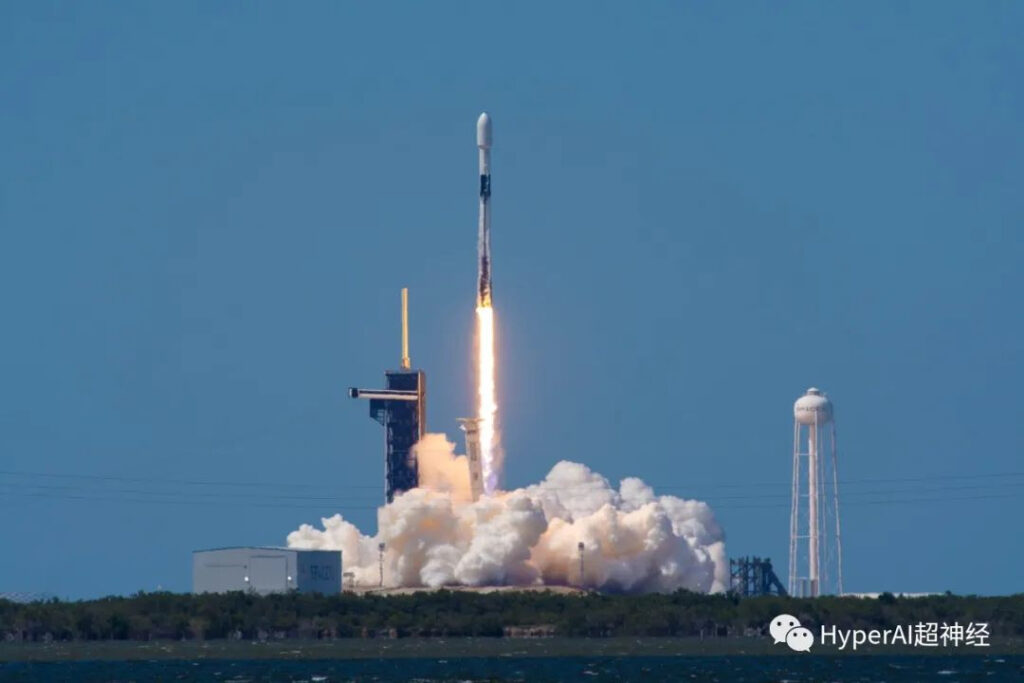
In terms of satellite research and development and manufacturing, SpaceX has reduced the cost of satellites to less than US$800,000 per satellite and achieved a production capacity of 6 satellites per day, accumulating sufficient momentum for the promotion of the plan.
Perhaps under Musk's leadership, we will be able to enter the era of space Internet brought by satellite communications.
Controversy: Will Starlink destroy the starry sky?
Although the Starlink project seems to be an exciting feat, not everyone agrees with this project, because putting thousands of satellites into space at once is bound to bring some hidden dangers.
The impact on astronomical observations remains the biggest controversy at this stage.
Because satellites are brighter than many natural stars in the night sky, and because there are so many of them, what we consider to be an astronomical wonder may be a disaster to astronomers.

In June 2019, the International Astronomical Union expressed concern in a statement that Starlink would pose a serious threat to important astronomical infrastructure observations.
Faced with such doubts, Musk experimentally added a coating to the surface of the satellite and launched a DarkSat to reduce the reflection of light. This was not enough, and Musk recently proposed a new way.
At the Starlink discussion meeting of the National Academy of Sciences' Ten-Year Plan on April 27, Musk gave a speech, explaining the research being conducted by Starlink to reduce the impact on the astronomical field.
The focus was on a solution called VisorSat (sunshade satellite). The next batch of Starlinks will be equipped with "sunshades" to avoid reflecting sunlight to the earth.

In addition, new methods will be added, such as changing the orientation of the satellite when it is in orbit, avoiding the angle of maximum reflection, etc.
Musk said that once the new method is proven to be effective, all subsequent launches will use the new version.
We cannot predict whether these plans will work, but one thing is clear: Musk will not stop his great plan.

So, will you go and appreciate the Starlink train?
--over--

